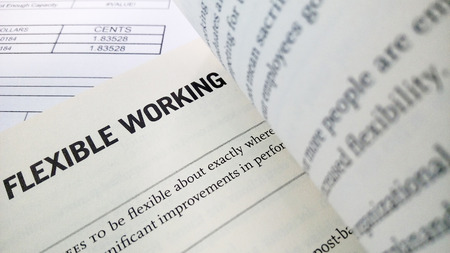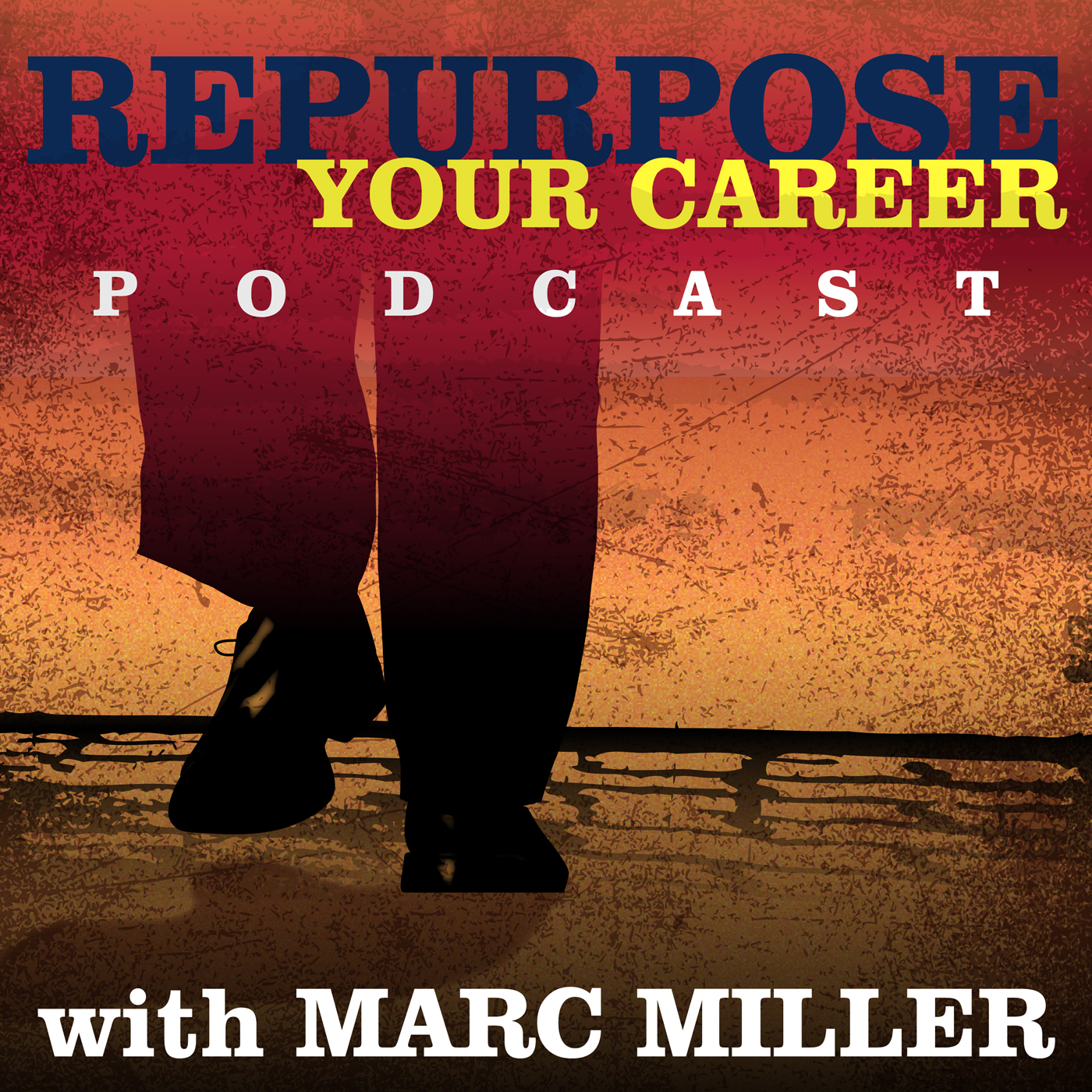Remote or Flexible Work Experience on a Resume

Although it may not be specifically stated in the job description, many employers are looking for previous flexible work experience, particularly if they’re trying to fill a remote job position. And since there isn’t a whole lot of extra room on your resume to dedicate to all of your flexible work, you’ll have to find creative ways to showcase your prior remote work experience by weaving it into the pre-existing format of your resume. Here’s how to make the most of your resume real estate by demonstrating previous remote work experience on a resume.
Add it in the work description
The job section is an ideal place to put your previous work experience. Not only does it give a potential boss an overview of everything you did at the company, but it will add more impact by showcasing the fact that you did all of it while working remotely, too. To get your point across, you can use the example below as a guide:
Marketing Manager
Completed year-long project ahead of projected deadline while working remotely from home office using a business landline, high-speed Internet, and top-of-the-line computer equipment.
Why is it important to add the info about your home office? Well, for starters, it shows a potential employer that you’ve not only worked remotely but that you have everything you need (i.e. a fully functioning home office) in order to immediately start working in a flexible position again.
Include it in the job title
For a certain segment of your career, you held a smattering of freelance jobs with various employers. You might think that including them would make your resume look choppy; after all, don’t employers want to see resumes with work experience that lasts longer than one year per job, right? Not necessarily. If you’ve had a bunch of freelance jobs under the same job title, such as a writer, you can include them all on your resume with one job title. Here’s how:
Writer, Freelance.
Media Outlet A
Magazine B
Newspaper C
By writing the word freelance, you’re showing to a potential boss that all of the aforementioned work was done via working in flexible or freelance jobs. Plus, it’s always better to include work experience rather than leaving it off of your resume. You never know which experience (or company) will resonate with a potential employer.
Put it in the location
A great place to highlight your previous remote work experience is in the location section of your resume. If your resume design includes a job title followed by location, you’ll want to draw attention to the fact that this job was done remotely. Here’s the thing, though—you don’t want to write something like, “Online Teacher. Converted Garage Home Office, USA.” Instead, try the following:
Online Teacher. Remote.
By writing that you worked remotely, a hiring manager will know that you did the work most likely from a home office without having to explicitly state so. But if you’re a digital nomad, and want to include some of your cooler work/living locations, here’s the place to do it!
Listen to the most recent episode


Marc Miller
Discover the Perfect Destination for Your Retirement or Remote Work Abroad #337
Online Teacher. Worked remotely from Bangkok, Thailand.
Not only will this show your ability to work in a remote capacity (and then some!), but it will certainly add interest to your resume and possibly land you a job interview!
Write it in the skills section
If you thought that the skills section was just a place to include your ability to speak German, it is—and so much more! Many remote hiring managers are secretly looking for those soft skills that potential employees will need in order to properly work from home. Use keywords that employers are clamoring for, such as “excellent communicator,” “highly organized,” “self-manager,” “problem-solver,” and so on. These are just some of the skills you’ll need in order to effectively telecommute, no matter what industry you’re looking to work in. If an employer spots these, he’ll know that you are already acquainted with what it takes to have a flexible job—and be a success at it.
Summarize it in the summary
There are a few schools of thought when it comes to having a summary section on your resume. If you already have one, then by all means, this is the place to put your remote work intentions! You have to be careful, though. If you’ve never held a flexible job before, and simply state that you want to work from home, there’s a possibility that your job application will get pitched into the trash. Employers want to know that you want to work for their company—not just land a flexible job that will allow you to work remotely. So first, be sure that the position you’re applying for is a remote one, and then you can include a line like this in the summary section:
Looking to excel as a brand manager by utilizing all of my skills, as well as my previous remote work experience.
Typically at the tippy top of your resume, the summary section can be a great place to include former flexible work experience and tip off potential employers that you have what it takes to work remotely.
Spotlighting your previous remote and flexible work experience on your resume is imperative, particularly if you’re looking for a flexible job. Use every inch of your resume to find ways to incorporate this important information in. That way, you’ll set yourself apart from the rest of the job candidates and show why you’re the one to hire.
 This post was written by Jennifer Parris, career writer at FlexJobs, the award-winning site for telecommuting and flexible job listings. FlexJobs lists thousands of pre-screened, legitimate, and professional-level work-from-home jobs and other types of flexibility like part-time positions, freelancing, and flexible schedules. Jennifer provides career and job search advice through the FlexJobs Blog and social media. Learn more at www.FlexJobs.com.
This post was written by Jennifer Parris, career writer at FlexJobs, the award-winning site for telecommuting and flexible job listings. FlexJobs lists thousands of pre-screened, legitimate, and professional-level work-from-home jobs and other types of flexibility like part-time positions, freelancing, and flexible schedules. Jennifer provides career and job search advice through the FlexJobs Blog and social media. Learn more at www.FlexJobs.com.
Like What Your Read? Get Career Pivot Insights
Do You Need Help With ...

Check out our Help Center where you have access to 14 different content portals.

